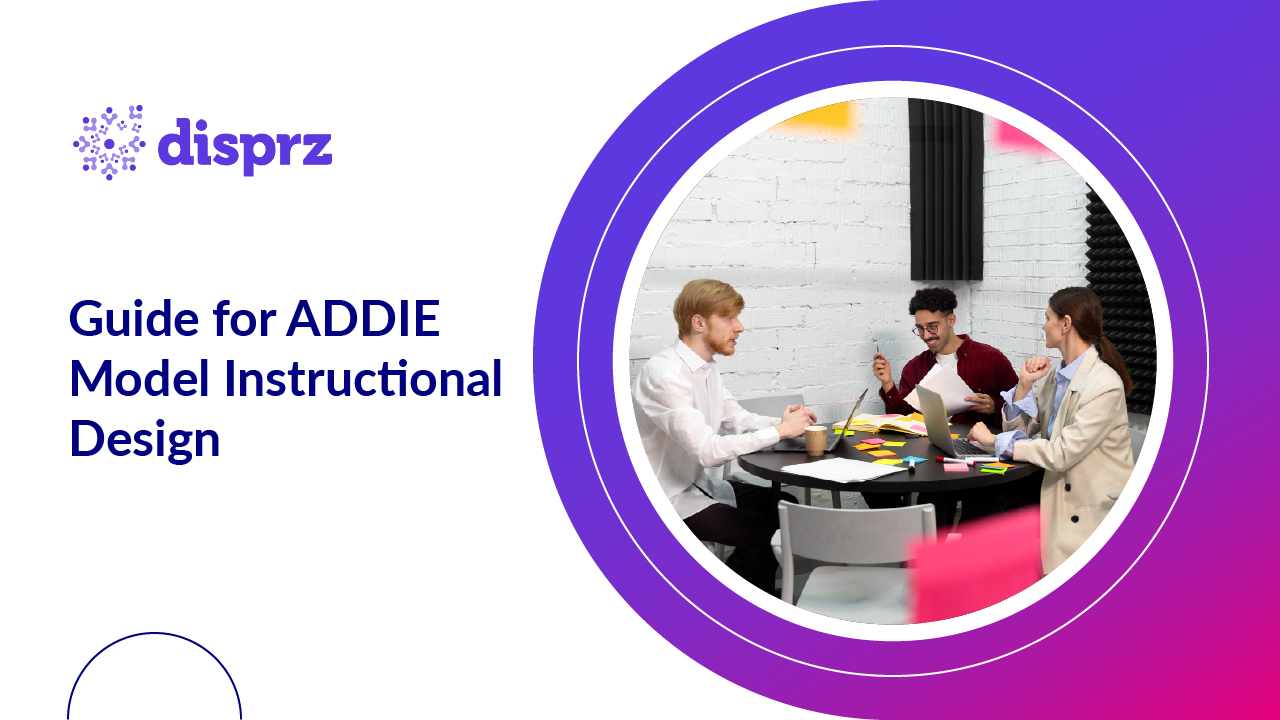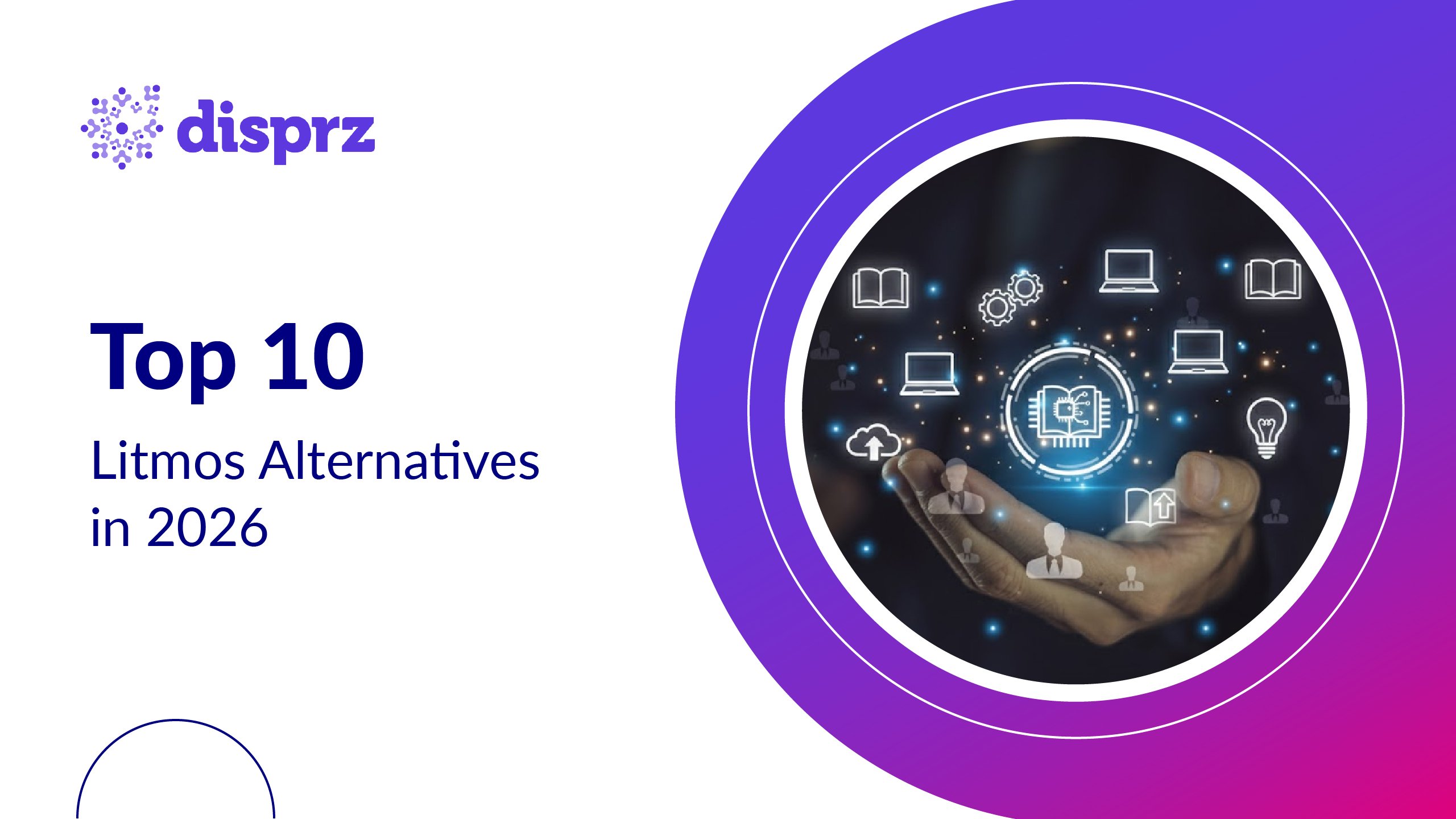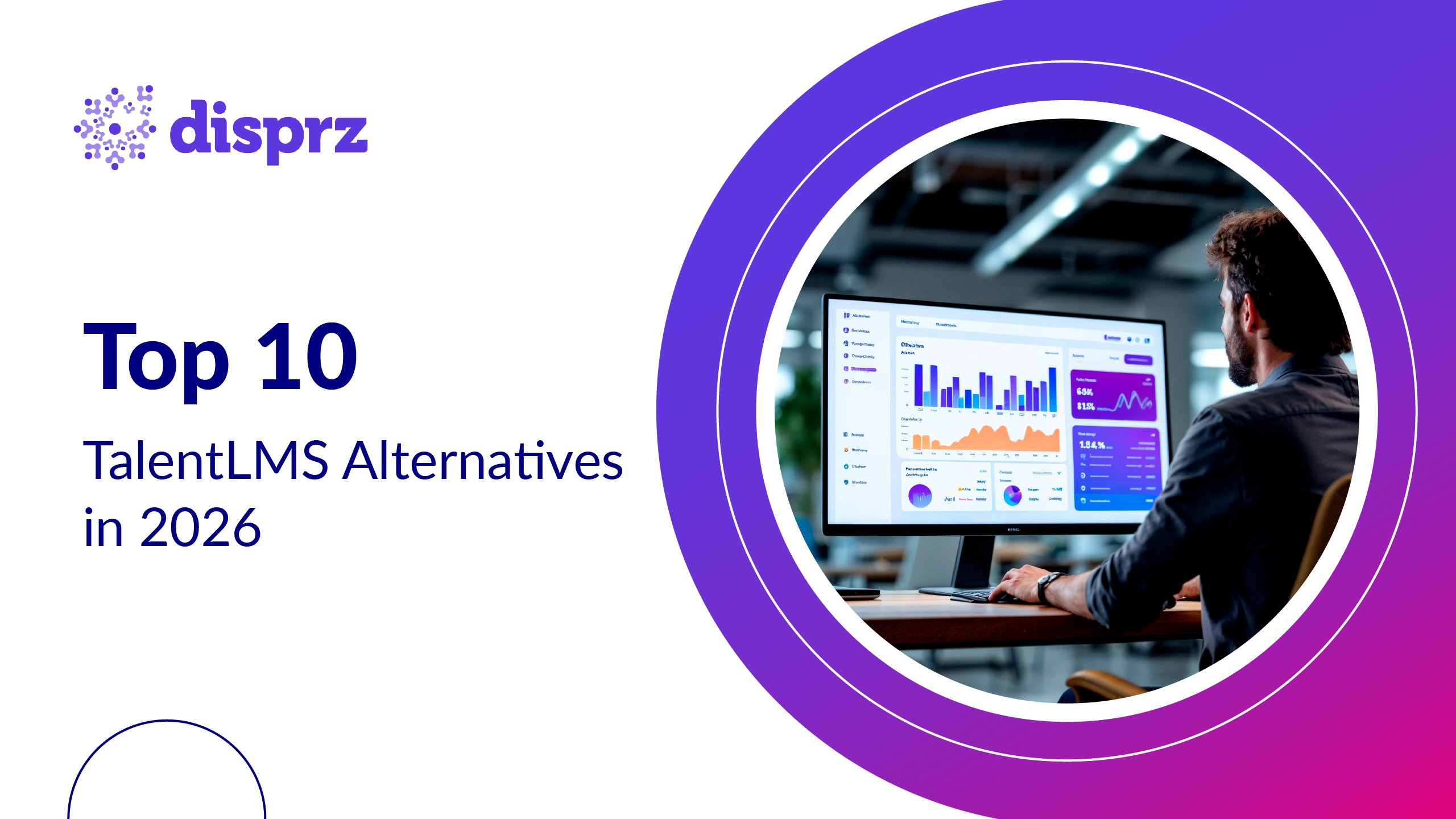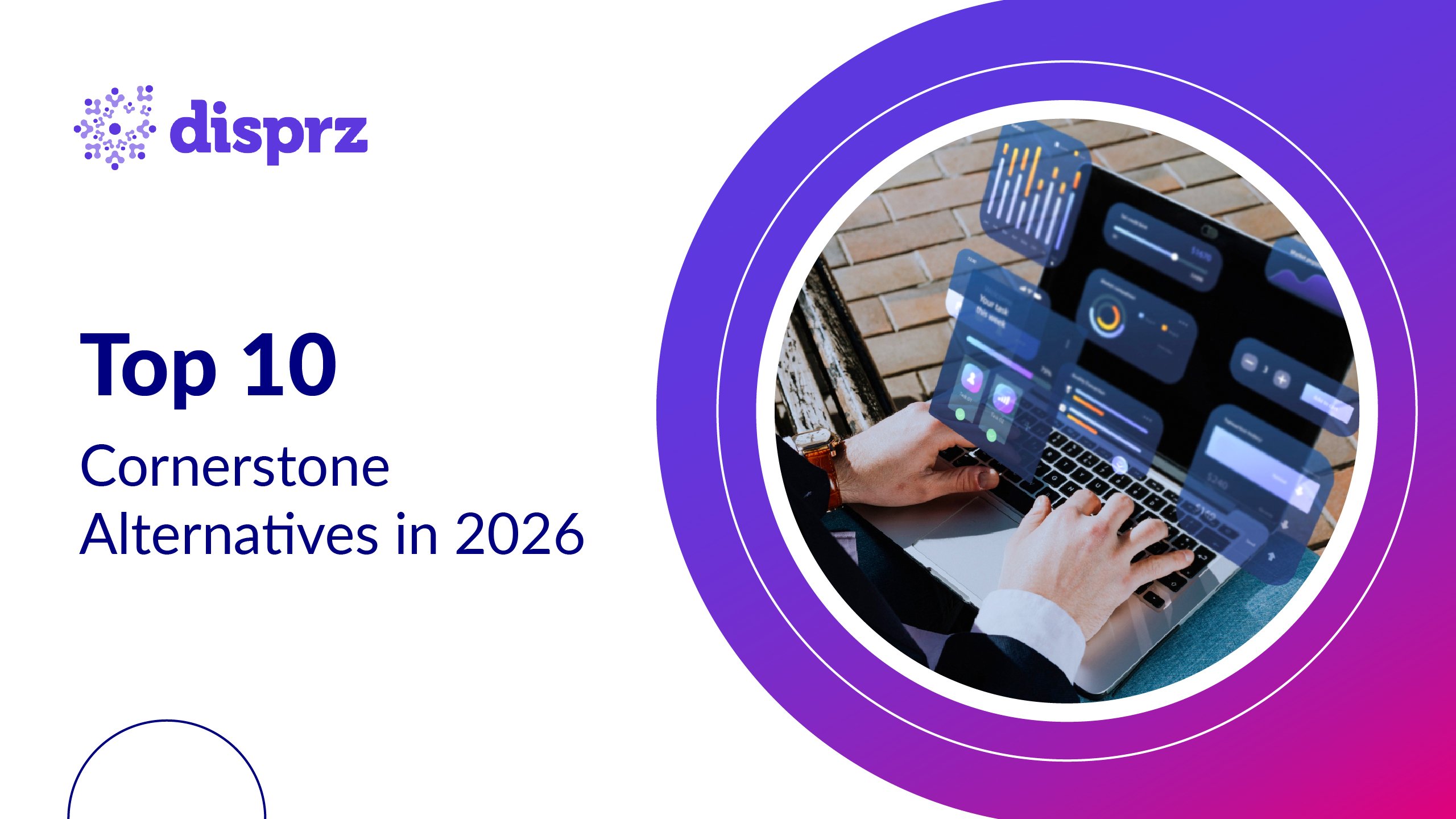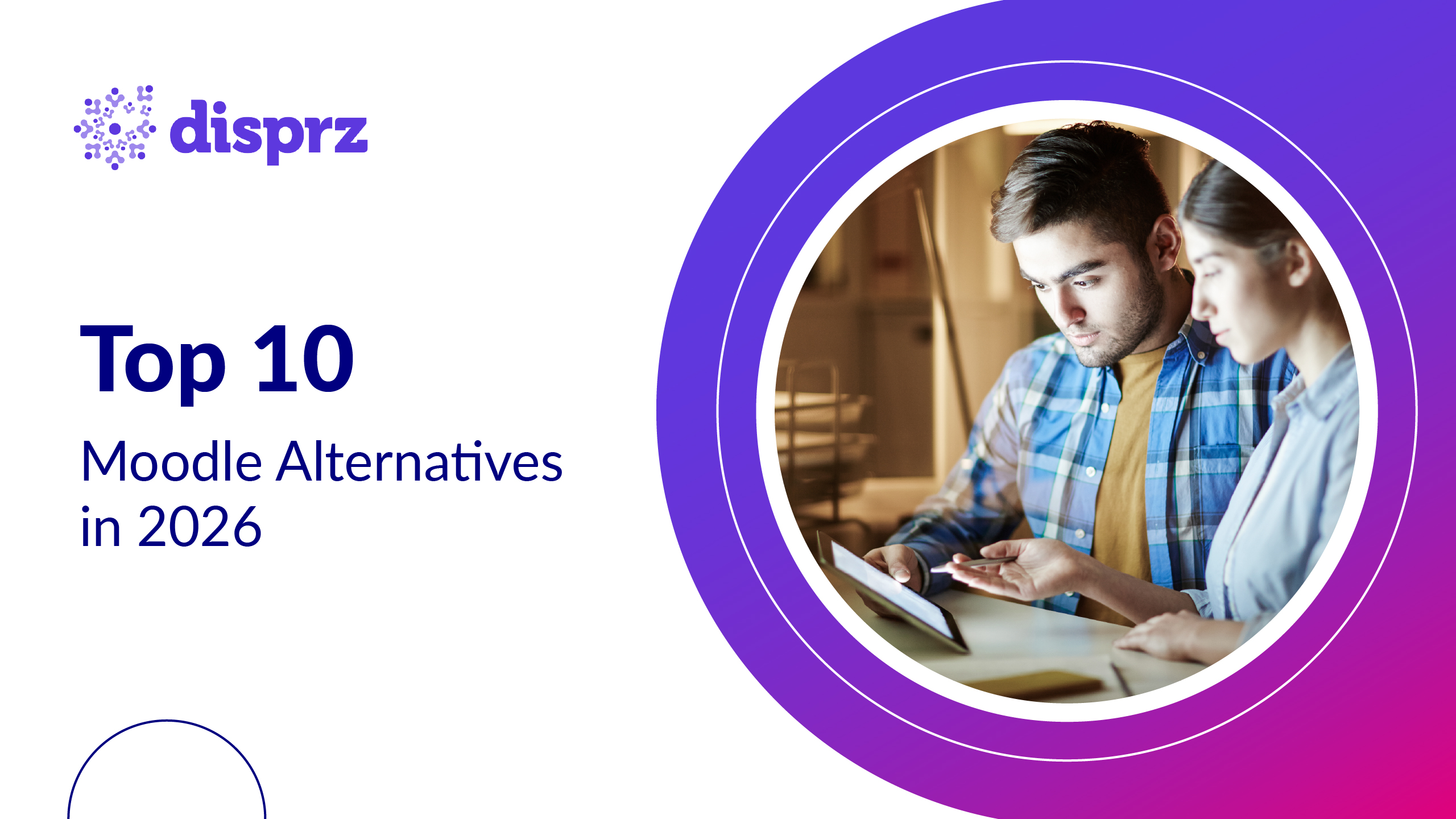Here’s the reality for business leaders today: Learning & Development isn’t just another department; it’s a strategic growth engine. Your L&D teams are tasked with building critical skills that directly impact productivity, innovation, and business outcomes. But let’s be honest, designing training that’s effective, scalable, and aligned with shifting business priorities is a complex challenge.
That’s where many organizations hit a wall. Without a structured approach, learning initiatives risk becoming fragmented, inconsistent, or worse, ignored. The result? Wasted budgets, missed targets, and teams that aren’t equipped to keep pace.
This is why the ADDIE model remains a trusted foundation in the world of instructional design. It breaks down the process of creating impactful learning into five clear phases: Analysis, Design, Development, Implementation, and Evaluation, ensuring every training program is built on a solid understanding of needs and continuously refined based on real results.
Let’s dive into how the ADDIE training model can elevate your L&D function from operational necessity to strategic differentiator.
What is the ADDIE Model of Instructional Design?
ADDIE isn’t just an acronym; it’s a framework born in the 1970s when the U.S. military needed a reliable way to design effective training at scale. Traditional methods were inconsistent and inefficient, so they developed a step-by-step process: Analysis, Design, Development, Implementation, and Evaluation.
Its roots go deeper, drawing from instructional theories dating back to the 1950s, shaped by experts like Robert Gagné. But ADDIE’s strength lies in how it breaks down complex training development into manageable, iterative stages.
In practice, the ADDIE learning model ensures training programs are purpose-driven; from identifying real learner needs (Analysis) to testing and refining results (Evaluation). This makes it invaluable not just in the military but across corporate L&D, eLearning, and even AI-driven learning solutions today.
Put simply: ADDIE turns guesswork into strategy, helping organizations design learning that truly moves the needle.
The 5 Stages of the ADDIE Training Model Explained
In fast-paced enterprises, training isn't just about knowledge transfer; it's about capability building at scale. But without a structured approach, even well-intentioned learning programs can spiral into disjointed content dumps.
That’s where the ADDIE Model comes in. Born out of military precision and now a staple in corporate L&D, ADDIE provides a clear, iterative framework for designing training that’s aligned with business goals and learner needs.
Here’s how leading L&D functions leverage each stage:
1) Analysis
Training shouldn’t start with “we need a course.” It starts by identifying the root business challenge. The analysis phase focuses on understanding performance gaps, defining learner profiles, and clarifying the metrics that matter. This ensures learning initiatives are built around real business outcomes, not assumptions.
2) Design
With insights from the analysis, this stage focuses on creating a blueprint. That includes learning objectives, content structure, delivery methods, and assessment strategies. It’s about building intentional experiences - whether it’s self-paced learning, blended programs, or scenario-based interventions.
3) Development
Once the plan is set, content and assets are created: videos, modules, toolkits, quizzes, simulations. At this stage, consistency, accessibility, and instructional quality are non-negotiables. The goal is not to overwhelm, but to deliver learning in formats that resonate and retain.
4) Implementation
Deployment goes beyond launching a course. It includes LMS configuration, communication planning, stakeholder onboarding, and support readiness. This phase ensures that learners not only have access but also understand the value of the learning, especially in distributed, multi-role environments.
5) Evaluation
The final phase answers the question: Did it work? Training evaluation methods span from learner feedback to behavior change and business impact. Modern L&D teams use both qualitative and quantitative insights, such as completion rates, performance metrics, and feedback loops, to refine future programs and demonstrate ROI.
ADDIE Model vs Other Instructional Design Frameworks: A Strategic Comparison
|
Model |
Core Purpose |
Structure |
Strengths |
Best Used For |
Considerations |
|
ADDIE |
End-to-end instructional design process |
5 phases: Analyze, Design, Develop, Implement, Evaluate |
Offers a systematic, scalable approach; aligns well with business goals and allows post-program evaluation |
Enterprise-wide L&D programs, leadership development, and compliance training |
Can feel linear and slow in fast-paced environments unless made iterative |
|
SAM (Successive Approximation Model) |
Rapid, iterative design and prototyping |
3 phases: Preparation, Iterative Design, Iterative Development |
Agile, flexible, encourages frequent feedback; faster go-to-market for training |
Pilot training, MVP content development, start-up cultures |
May sacrifice depth of analysis or strategic alignment |
|
Bloom’s Taxonomy |
Structuring learning objectives |
6 levels of cognition: Remember, Understand, Apply, Analyze, Evaluate, Create |
Helps define and assess learning depth; very effective for curriculum design |
Content creation, assessments, instructional alignment |
Not a standalone design model; complements others like ADDIE |
|
Kirkpatrick Model |
Evaluating training effectiveness |
4 levels: Reaction, Learning, Behavior, Results |
Powerful post-training ROI tool; proves value of L&D to stakeholders |
Post-program evaluation, measuring behavioral and business impact |
Doesn’t guide actual design or delivery; needs to be used with another model |
|
Merrill’s First Principles |
Making learning problem-centric |
5 principles: Problem, Activation, Demonstration, Application, Integration |
Grounded in real-world problem solving; increases engagement and retention |
Experiential learning, performance-based training |
Abstract structure; requires experienced instructional designers |
|
Gagné’s Nine Events |
Step-by-step learning event sequencing |
9 steps from gaining attention to enhancing retention |
Highly detailed; ensures instructional quality and cognitive engagement |
Instructor-led sessions, onboarding, procedural training |
May overwhelm with too much structure for agile environments |
How the ADDIE Model Enhances Employee Training Programs
The ADDIE Model doesn’t just organize training; it transforms it into a business-aligned, performance-driven engine. For organizations looking to upskill talent, improve productivity, and future-proof their workforce, ADDIE provides the kind of structured approach that scales across teams and geographies.
Here’s how it enhances employee training programs in real-world enterprise settings:
-
Ensures training is tied to business outcomes by starting with a deep analysis of performance gaps and aligning learning objectives to organizational goals.
-
Improves learning program design and relevance, using the design phase to tailor learning journeys that fit different roles, functions, and learning preferences.
-
Streamlines development for speed and consistency, helping L&D teams create scalable content without sacrificing instructional quality.
-
Strengthens implementation across the enterprise, ensuring effective rollout with support structures, communication plans, and tech-readiness.
-
Establishes measurable impact, using the evaluation phase to track ROI through performance data, learner feedback, and behavioral change.
-
Enables iterative improvement, allowing training programs to adapt and evolve based on real-time insights and shifting business priorities.
Best Practices for Applying the ADDIE Model in Learning Design
To get the most out of it, L&D leaders need to treat the design model less like a rigid flowchart and more like a strategic playbook.
Here’s how to apply it in a way that actually moves the needle:
1) Start with the business, not the learner.
Analysis should go beyond learner surveys. Dig into business metrics, performance gaps, and future skill requirements. If a learning initiative doesn't solve a business problem, it's just noise.
2) Design for the outcome, not the activity.
It's tempting to default to "courses" or "workshops." Instead, build backwards from the behavior you want to see on the job. If it doesn't support that, it doesn’t belong in the design.
3) Build fast, iterate faster.
Development doesn't mean perfection out of the gate. Use prototypes, test content with a sample group, and fix early. Agile doesn’t conflict with ADDIE; it complements it.
4) Operationalize implementation.
Implementation isn't just rollout; it’s adoption. Partner with line managers, integrate training into workflows, and use nudges or automation to drive completion. Launching is just the beginning.
5) Make evaluation non-negotiable.
Don’t just track completion rates. Tie learning back to key performance indicators - sales uptick, productivity lift, reduced error rates. Use the Evaluation phase to prove L&D's seat at the strategic table.
6) Keep ADDIE fluid, not frozen.
Don’t treat the five phases as a linear scripture. Think of them as gears in motion- feedback from Evaluation should refine Analysis, and so on. The model works best when it’s in motion.
At its core, ADDIE is about disciplined creativity, giving L&D teams a framework that’s structured enough to scale, but flexible enough to evolve with the business.
Integrating the ADDIE Methodology with Modern Learning Technologies
ADDIE may have been born in the 70s, but it’s far from outdated. When paired with modern learning technologies, especially AI-powered platforms, it becomes a powerful engine for scalable, data-driven, and hyper-personalized learning.
Here’s how each phase of ADDIE methodology evolves with tech integration:
Analysis → Powered by People Analytics
Instead of relying solely on surveys or anecdotal inputs, platforms like Disprz use performance data, skill gap analytics, and engagement metrics to paint a clear, real-time picture of what the workforce actually needs.
Design → Driven by Personalization Engines
AI can now help segment audiences by roles, goals, and learning styles. Instructional designers can build adaptive learning journeys that aren’t one-size-fits-all, but role-based, performance-linked, and dynamic.
Development → Accelerated with Content Intelligence
Whether it's AI-generated microlearning, automated translations, or converting SOPs into interactive videos, today’s tools cut development time in half while improving content consistency across geographies.
Implementation → Embedded into the Flow of Work
LMSs and LXPs now integrate directly with communication tools like Slack, Teams, or CRM systems, making learning seamless, accessible, and embedded into an employee’s daily workflow. Learning no longer sits isolated.
Evaluation → Enhanced by Real-Time Dashboards
Modern platforms don’t just show completion rates; they track applications on the job, link learning to KPIs, and provide insights on content effectiveness. L&D leaders can finally tie programs to business impact with confidence.
The ADDIE model gives the structure. Technology gives speed and scale. Together, they empower L&D to be less reactive and more strategic, ready to fuel continuous capability building in a fast-moving world.
Conclusion
In a time when learning needs are evolving faster than ever, the ADDIE model offers what most organizations desperately need-clarity, structure, and adaptability.
It’s not just a legacy framework from instructional design textbooks. When paired with modern technologies, like AI, learning experience platform, and skill analytics, it becomes a scalable engine for delivering outcome-driven, business-aligned learning. Whether you're building leadership academies, onboarding programs, or reskilling pathways, ADDIE helps teams stay focused on why they’re designing learning, how they’ll deliver it, and what success looks like.
For L&D leaders, the goal is no longer to roll out “more” training. It’s to create learning journeys that actually move the needle on productivity, on engagement, and on performance. That requires discipline. That requires agility. That’s where ADDIE still delivers.
FAQs
1) Which industries use the ADDIE model most?
The ADDIE model is widely used across industries where structured training is critical, such as healthcare, finance, manufacturing, IT, and enterprise services. It’s especially popular in regulated sectors that demand compliance and consistency in employee learning.
2) How long does completing the ADDIE process take?
Timelines vary based on project scope, but a full ADDIE cycle for a mid-sized program typically takes 4 to 12 weeks. With modern tools and templates, some stages like Development and Evaluation can be accelerated significantly.
3) Can ADDIE be adapted for agile learning development?
Absolutely. While ADDIE is traditionally linear, many organizations now apply it in iterative cycles: designing, testing, and refining learning in shorter sprints, making it compatible with agile and modern digital learning approaches.



